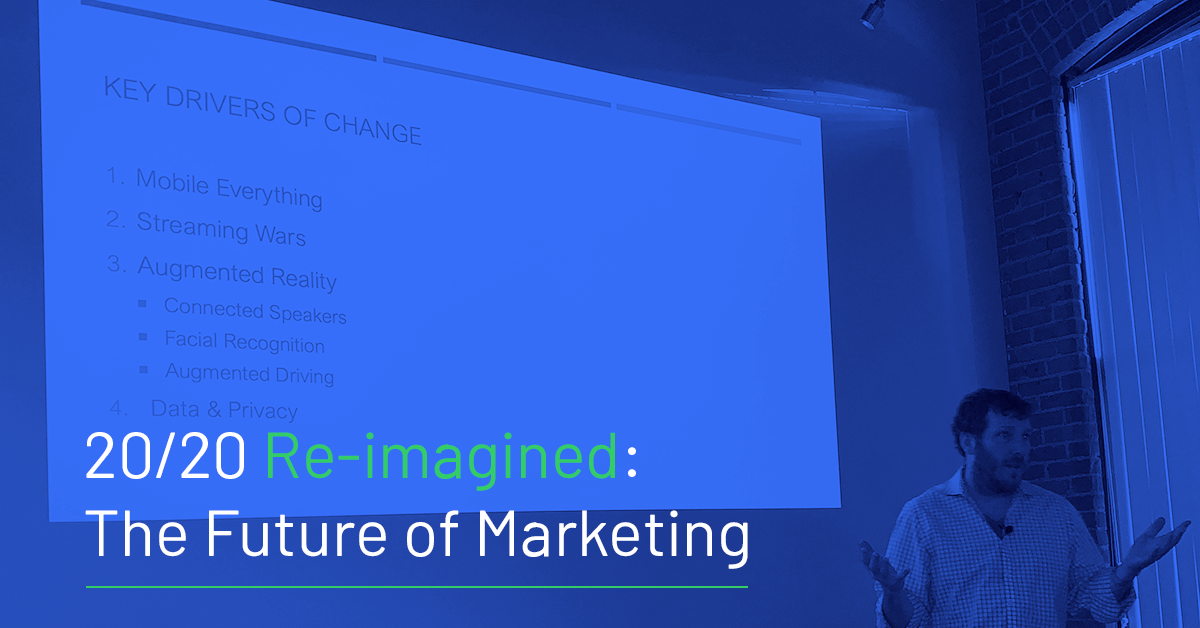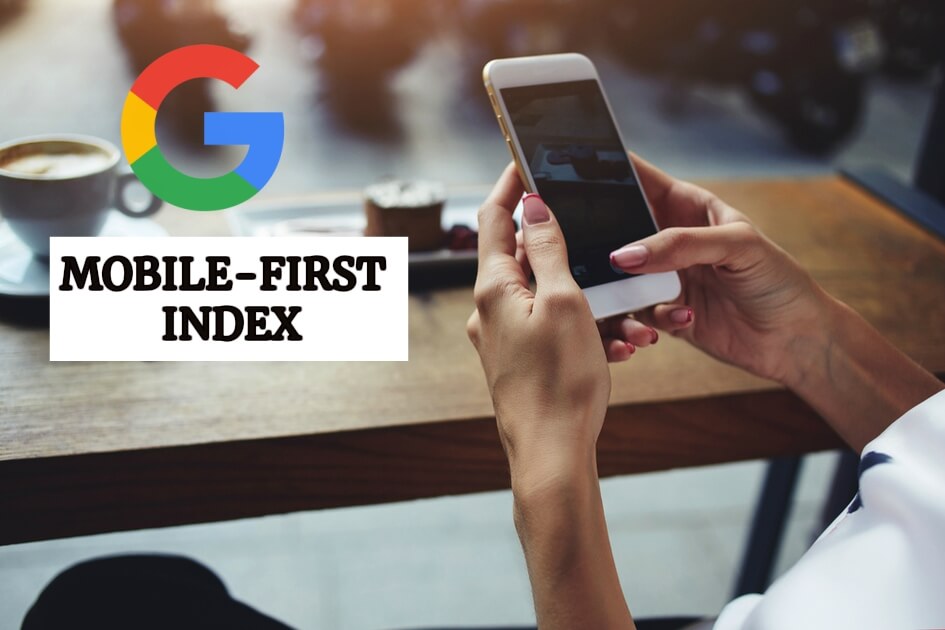While businesses struggle to provide consumers with the immediate access they desire, they continue to search for the latest and greatest technology available to do so. Quick Response codes, or QR codes, seem to the be the solution to this problem. In the upcoming year, these “barcode-like” two-dimensional codes are expected to go viral.
These QR codes are similar to barcodes that get scanned at the register. However, the main difference between the two is the ability a QR code has to retain a large amount of data. By scanning or reading one of these codes with an iPhone, Android, or other camera-enabled smartphone, digital content from the web is linked up with this code. Everything from a phone number, to a website link can be contained.
There are two ways that a QR code works: Generators and Readers. To generate a QR code, there are several internet sites that provide this service free of charge; users have the ability to link their self-made QR code to a web page, text, phone number, with the option to customize with fonts and colors. In order to read these QR codes, an application such as i-nigma for the iPhone or Barcode Scanner for the Android, allows this functionality.

So how have these codes transformed our world? These QR codes can be used just about anywhere – from the back of business cards, to restaurant menus – but I have to admit, a library in Illinois may take the crown with this one:
Even some major airlines are taking advantage of the possibilities. United Airlines, for example, provides these QR codes as an alternative to a boarding pass:
And for a ‘social good campaign’, The Cure Starts Now Foundation has used a QR code to link to a landing page with a coupon in exchange for contact information, and ultimately raising funds towards the cure for brain cancer:
The adoption of these QR codes has already taken place from a wide variety of industries, and the future offers even more opportunity. As social media continues to progress, the potential for these QR codes is unlimited. It’s time to get coded – everyone else is doing it.








